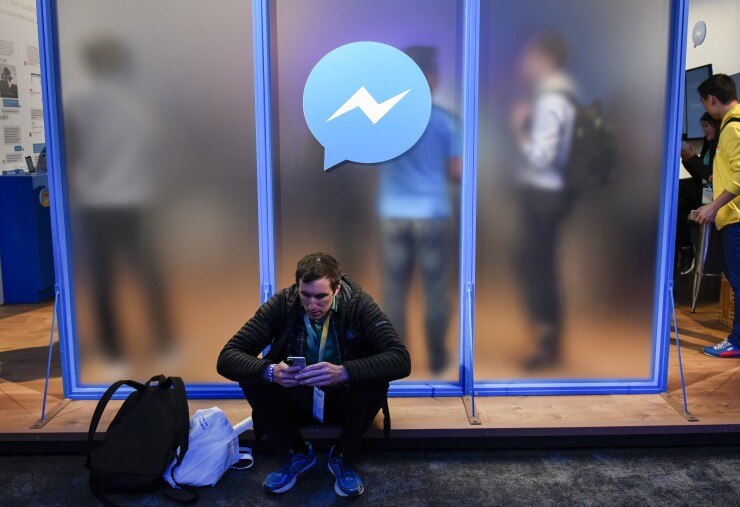Chatbots and artificial intelligence are still in their infancy. In a relatively short time, they have been implemented in a variety of industries, all clamoring to be on the cutting edge of new technology.
However, retail is one industry where chatbots may find a more permanent home. They have proven useful for a variety of functions such as streamlining mobile payment, optimizing online e-commerce conversion and much more. As these technologies continue to evolve, the the retail industry will likely reap the benefits. Here’s how.
According to analyst reports by eMarketer, worldwide

With the introduction of payments on messaging apps (e.g. Facebook Messenger, Kik, etc.), chatbots can be integrated into this mobile checkout process. This benefits retailers and shoppers alike, with stores generating additional revenue from reduced abandonment rates, and consumers receiving a personalized and instant “cashier” experience.
Many chatbot systems out right now aren’t truly AI, but sophisticated look-up systems that appear to be AI. However, as developers add new layers to the technology through machine learning they are moving closer to creating a true AI experience. One area in which AI has much to offer is in making recommendations to shoppers. Bots can use revealed preferences and purchase history to make pertinent recommendations. For example, brands can drive traffic by can incorporating chatbots into a mobile interface and initiating sessions when a shopper is near their store.
We’re already seeing recommendation capabilities being integrated by Amazon with the company’s Echo Look. The device, equipped with the company’s Alexa voice-controlled assistant, is able to
Chatbots will not eliminate the need for in-person retail associates (at least not anytime soon). After all,
It’s no secret that chatbots are still in their early days, but as their capabilities improve, retailers are beginning to recognize their potential to improve the store experience. By helping to augment CX, bots will increasingly be seen as an invaluable tool in a retailer’s disposal. There’s going to be plenty to see on that front in the coming months and years.





